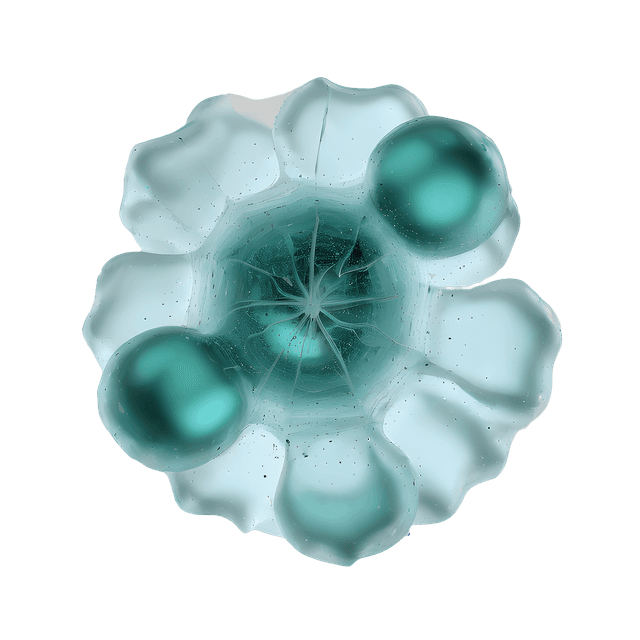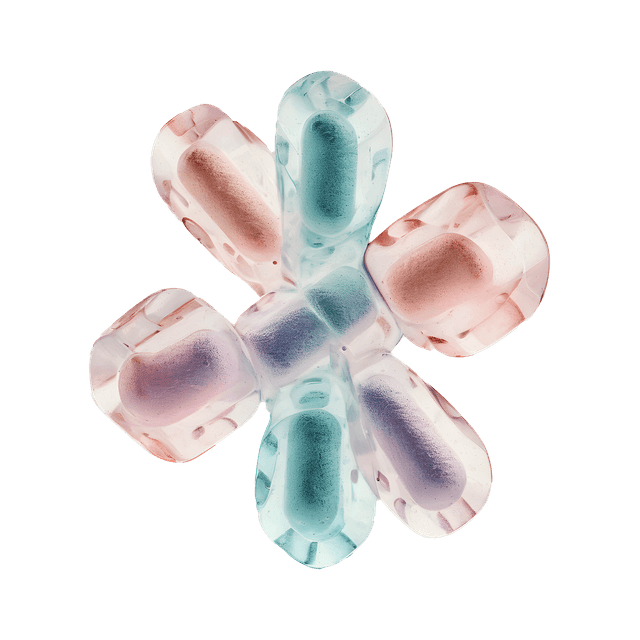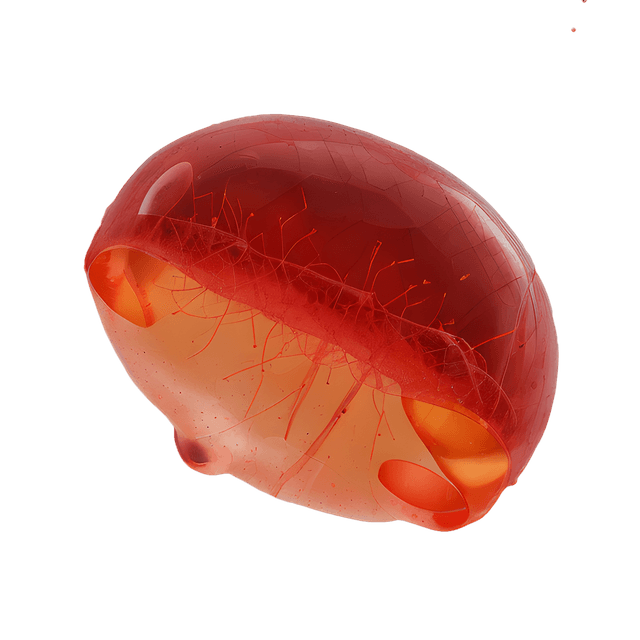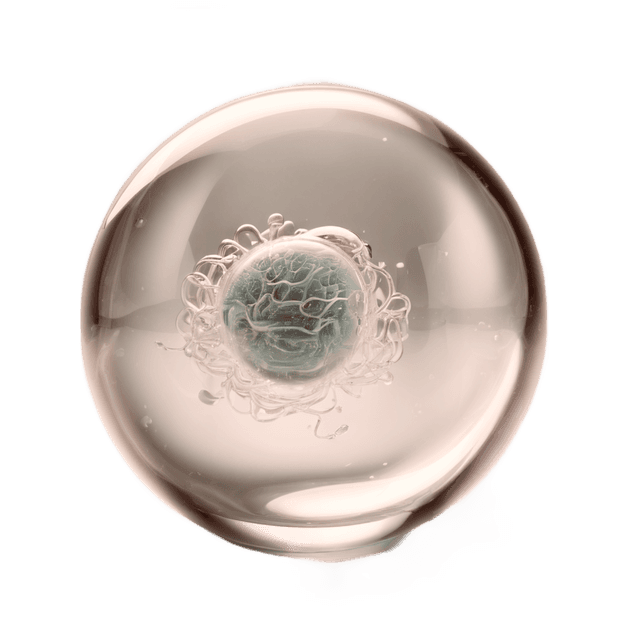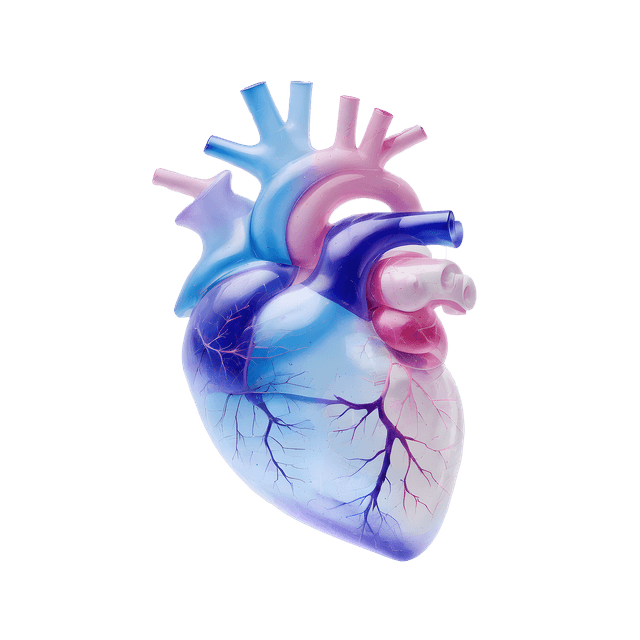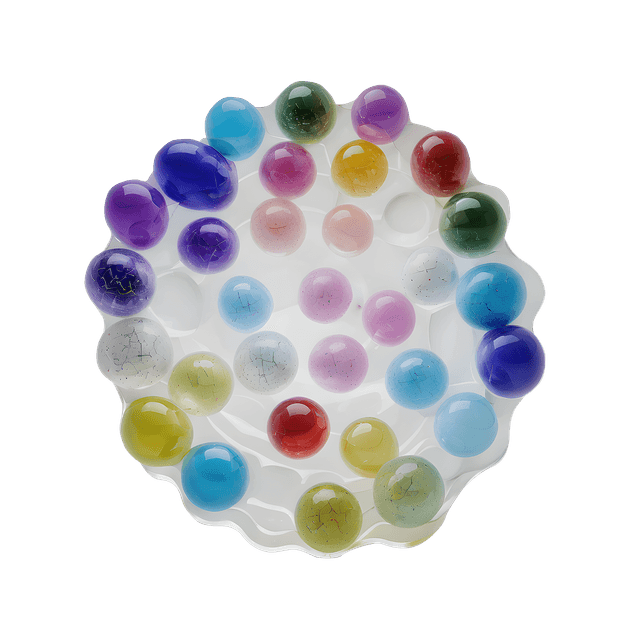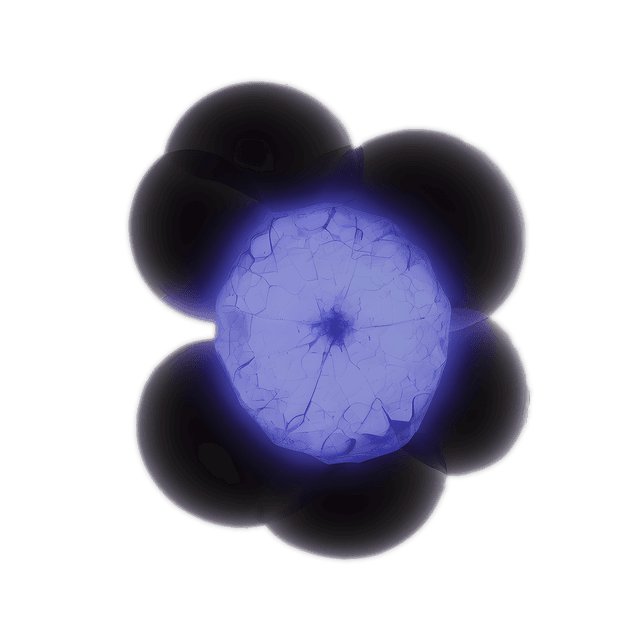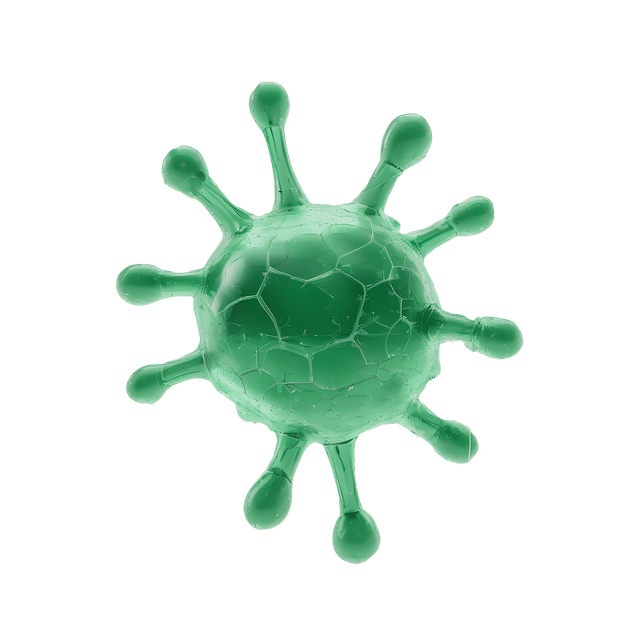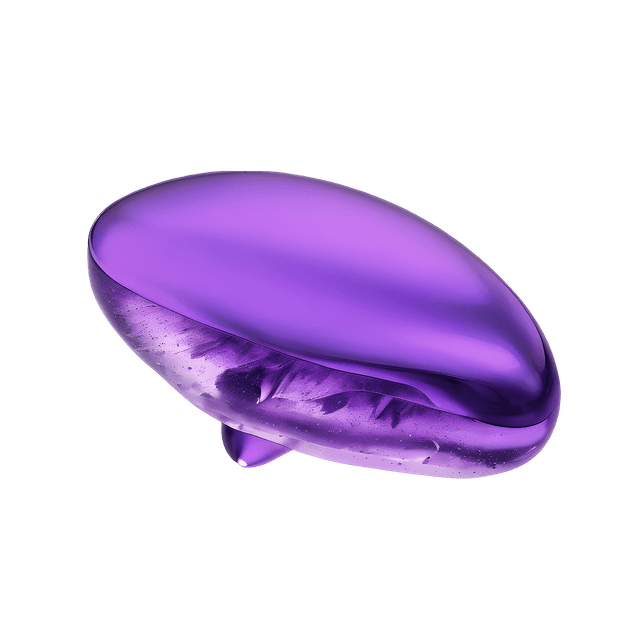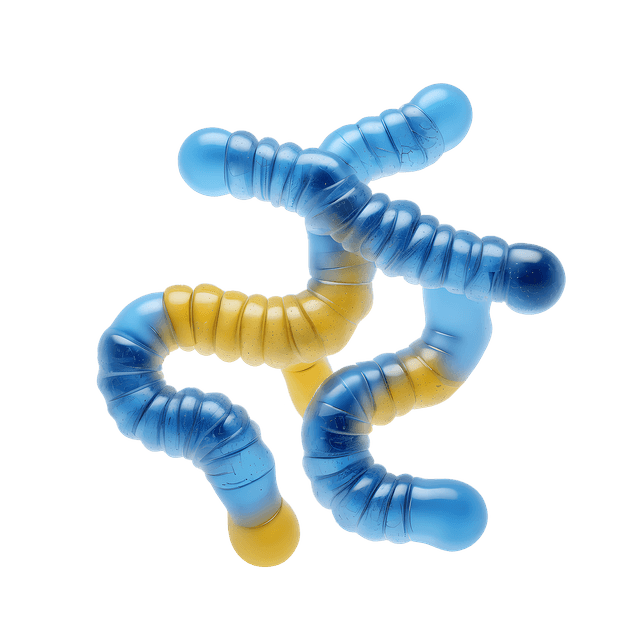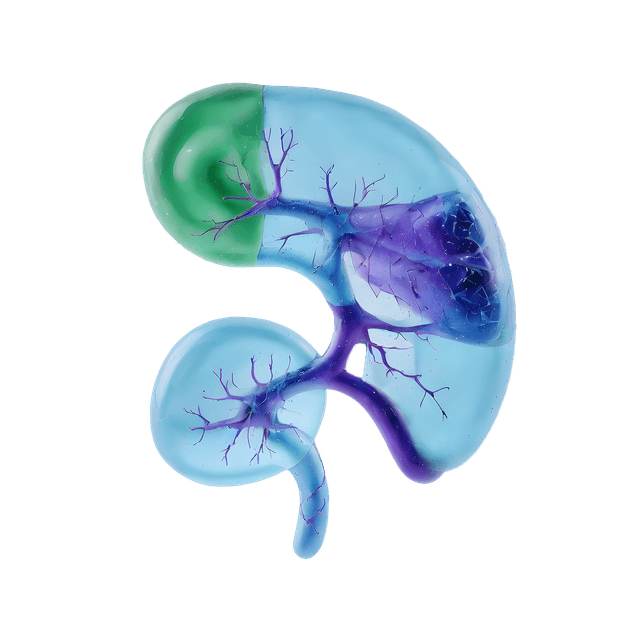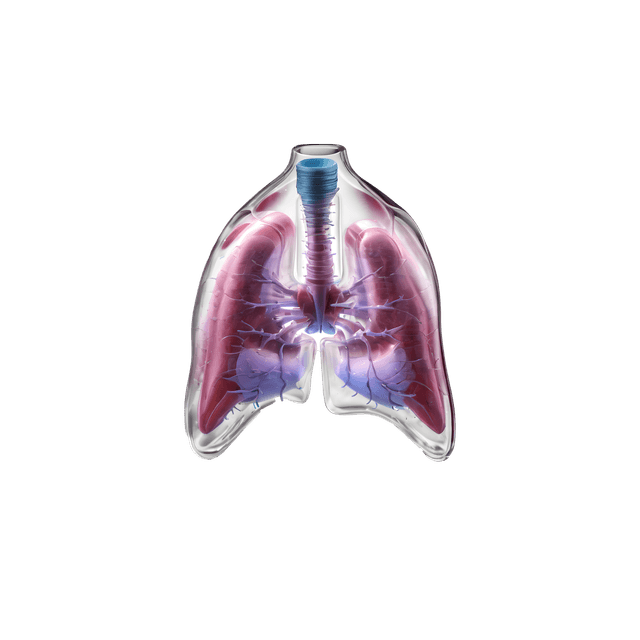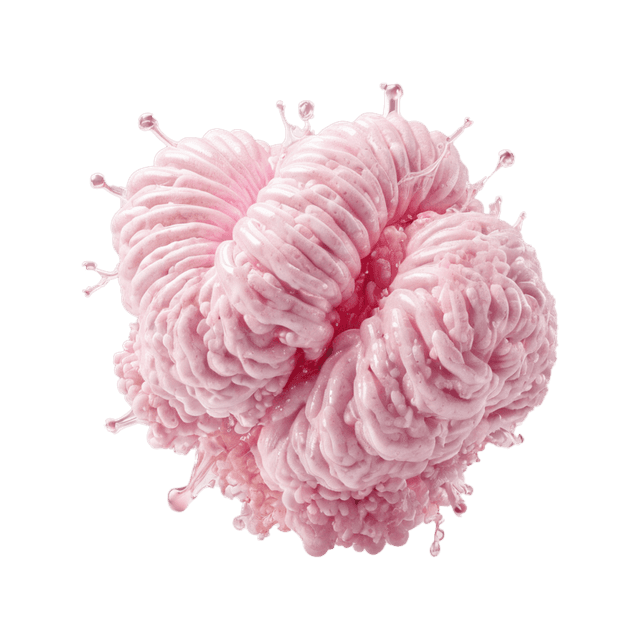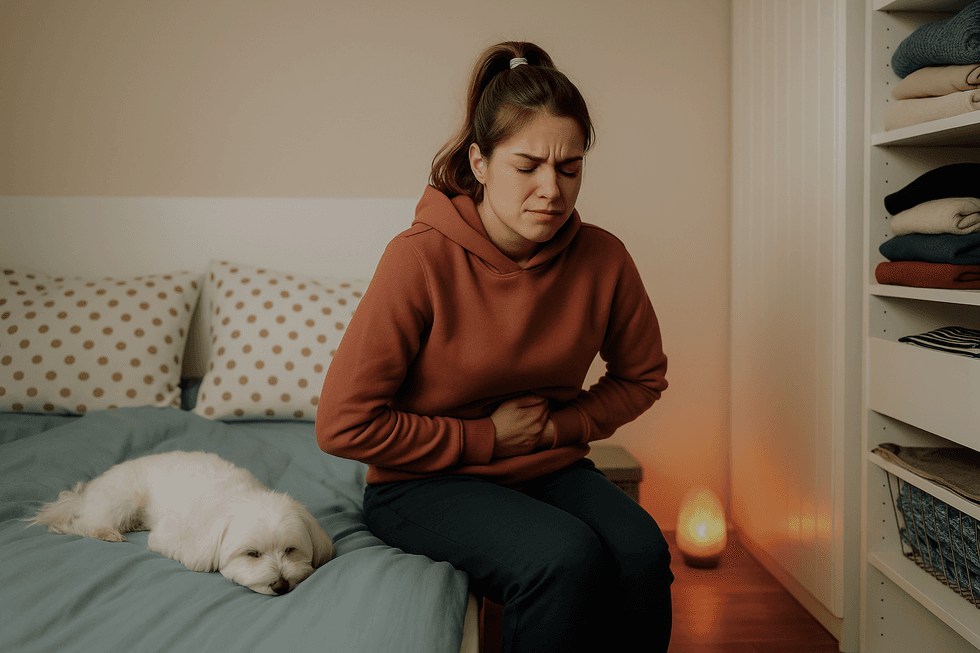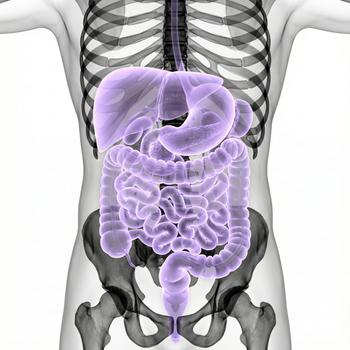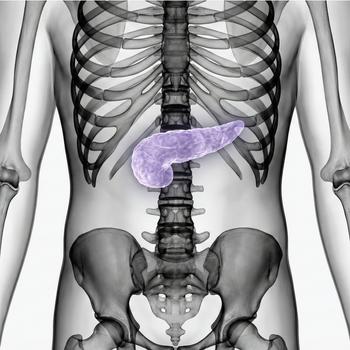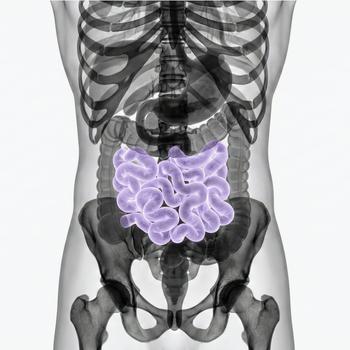Quick version
1. Irritable bowel syndrome (IBS)
IBS, or irritable bowel syndrome, is one of the most common causes of recurring stomach pain. The condition is caused by a disruption in the interaction between the brain and the gut, which makes the gut hypersensitive to certain foods, stress and hormonal changes. The pain can feel like cramping, pressure or bubbling discomfort and often varies in intensity throughout the day.
For many, the symptoms come in cycles – periods when the stomach is upset followed by periods when it feels more normal. The pain is often combined with diarrhea, constipation, gas and bloating. IBS does not affect the structure of the gut and is not dangerous, but it can greatly affect the quality of life if you do not get the right support and treatment.
How common is it – and who is affected?
Around 8–11% of the world's population is estimated to live with IBS, but many never receive a formal diagnosis. A Swedish study shows that only 1–2% are registered in primary care, which suggests that many manage the symptoms on their own. Women are affected approximately twice as often as men, and symptoms often begin between the ages of 20 and 40. Stress, hormonal fluctuations and previous stomach infections can increase the risk.
What can you do yourself?
- Keep a food diary and identify foods that aggravate symptoms, such as onions, beans or dairy products.
- Reduce stress, get enough sleep and try to maintain a regular meal schedule.
- A FODMAP-adapted diet, which excludes certain carbohydrates, can relieve symptoms for many.
- Exercise, deep breathing and relaxation techniques can calm the gut by reducing stress levels.
Seek medical attention if you have blood in your stool, unintentional weight loss, fever or prolonged pain that affects everyday life.
2. Gastritis or stomach ulcers
Gastritis means that the stomach lining is inflamed or irritated, while a stomach ulcer means that the lining has been deeply damaged. Both conditions cause burning or aching pain high in the stomach, often in connection with hunger, stress or the intake of coffee and alcohol. Many also experience nausea, acid reflux or an early feeling of satiety.
Common causes are infection with the bacteria Helicobacter pylori or long-term use of painkillers such as ibuprofen or naproxen. If infection is suspected, an antibody test for Helicobacter pylori can also be performed. Furthermore, stress, irregular eating habits and smoking can also worsen the symptoms. If left untreated, stomach ulcers can lead to bleeding or, in rare cases, perforation of the stomach, which requires emergency care.
How common are stomach ulcers today?
Globally, between 5–10% of the population has had a stomach ulcer at some point in their lives. In Sweden, the incidence has decreased significantly thanks to effective treatment of H. pylori and increased awareness of drug side effects. Despite this, new cases occur every year – especially among the elderly, those under stress or those taking anti-inflammatory drugs.
How to prevent and relieve stomach ulcers
- Avoid coffee, alcohol and strongly spiced foods that can irritate the mucous membrane.
- Be careful with long-term use of NSAIDs, and never combine them with alcohol.
- Quitting smoking and managing stress improves healing and reduces relapses.
- Eat smaller, regular meals and avoid lying down immediately after eating.
Seek emergency care if you experience black stools, bloody vomiting or sudden, severe stomach pain.
3. Gallstones or gallbladder disease
Gallstones form when bile, which helps the body break down fat, becomes too concentrated and small crystals begin to clump together. Most people don't notice it, but for some, the stones can cause severe pain in the upper abdomen, especially after eating fatty or large meals. The pain may radiate to the back or right shoulder and is sometimes accompanied by nausea and vomiting.
If the stone gets stuck and blocks the bile duct, it can lead to inflammation of the gallbladder (cholecystitis) or bile ducts (cholangitis), which requires medical attention. In more severe cases, the liver can also be affected, and jaundice can develop. To examine the bile ducts, gallbladder, and pancreas in more detail, a MRCP (Magnetic Resonance Cholangiopancreatography) may be performed. It is a specialized type of MRI examination of the abdomen that provides very clear images of the bile ducts and pancreatic ducts – without radiation or contrast agents that affect the kidneys.
A magnetic resonance imaging (MRI) scan MRCP can detect gallstones, duct obstructions, cysts and other abnormalities in the bile duct and pancreas area, and is often used when ultrasound or blood tests are not enough to determine the cause of recurring pain or jaundice.
How many people suffer from gallstones?
In the Western world, around 10–15% of adults have gallstones, but only some experience symptoms. The risk increases with age, obesity, female gender and high cholesterol. In Sweden, about one in ten adults have gallstones, and about 1% develop new stones each year. Women are more often affected, especially during pregnancy or during hormonal changes.
How to minimize the risk of gallstones
- Eat regularly and avoid very fatty meals that strain bile production.
- Maintain a stable weight - rapid weight loss increases the risk of stone formation.
- Avoid severe starvation diets and prolonged fasting periods.
- In the event of fever, jaundice or recurrent attacks, you should seek medical attention - the gallbladder may need to be removed surgically.
4. Inflammatory bowel disease (IBD)
Inflammatory bowel disease is a collective name for Crohn's disease and ulcerative colitis - chronic conditions in which the immune system attacks the lining of the intestine. This leads to inflammation, ulcers and sometimes strictures in the intestine. Symptoms vary depending on which part of the intestine is affected, but common signs include prolonged diarrhea, abdominal pain, blood in the stool, and weight loss.
The diseases often come in flares – periods of active symptoms followed by calmer phases. The cause is not fully known, but genetic predisposition, changes in the intestinal flora, and immunological reactions are believed to play a role. IBD always requires medical investigation and follow-up, as untreated inflammation can damage the intestine over time.
If Crohn's disease is suspected or when you want to follow up on the spread of the disease in the small intestine, a MR small intestine (also called MR enterography) can be performed. It is an MRI scan that shows the intestinal walls, mucosa, and surrounding tissue in great detail – completely without radiation. Small bowel MRI can detect inflammation, ulcers, fistulas and strictures in the small intestine and is often used to assess disease activity and treatment response in Crohn's disease.
How common is IBD in Sweden?
Sweden is one of the countries in the world with the highest incidence. Approximately 1% of the population – corresponding to approximately 100,000 people – lives with IBD. The disease usually debuts in young adulthood, between 20 and 40 years of age, and occurs equally often in men and women. The number of diagnoses has increased in recent decades, partly due to improved diagnostics.
How to live better with IBD
- Seek medical attention if you have blood in your stool, prolonged diarrhea, or pain that doesn't go away.
- Eat nutritiously and avoid smoking – especially important with Crohn's disease, where smoking worsens inflammation.
- Medical treatment, including anti-inflammatory drugs and sometimes biological therapies, can keep the disease in remission.
- Stress management, sleep, and physical activity contribute to a more stable course of the disease.
5. Stress and mental illness
Long-term stress, anxiety, and psychological strain affect the stomach through the so-called gut-brain axis – a network of signals between the nervous system, intestinal flora, and immune system. When the body is on constant alert, more cortisol and adrenaline are produced, which disrupts digestion, changes bowel movements and can cause everything from cramps and diarrhea to constipation and bloating.
There is also a strong connection between mental health and stomach problems. Anxiety, depression and lack of sleep affect bowel function and can exacerbate existing problems such as IBS or gastritis. Therefore, the stomach should be seen as part of the whole – both body and mind need balance to function optimally.
Why does the stomach react to stress?
Stress-related stomach problems are very common. Studies show that up to 70% of people with IBS also have symptoms of anxiety or depression. The brain and gut communicate via the vagus nerve, and when stress hormones rise, the gut becomes more sensitive. This can lead to tense muscles, altered intestinal flora and increased gas formation – which explains why anxiety is so often felt in the stomach.
What can help?
- Regular exercise, walking or yoga can reduce stress levels and improve digestion.
- Psychological treatment, such as CBT or hypnotherapy, has shown good effects on functional stomach problems.
- Relaxation, meditation and deep breathing can relieve acute problems with stress stomach.
- If you often get stomach pain in connection with stress – talk to your healthcare provider. There is help available, both medically and therapeutically.
When should you seek care for stomach pain?
Contact healthcare if you experience any of the following:
- Persistent or sudden severe abdominal pain
- Blood in stool or vomit
- Fever, jaundice or involuntary weight loss
- Stomach pain that does not go away within a week
Preventive examination with abdominal MRI
If you have recurring stomach pain but feel that you are not getting enough help from the health center, an abdominal MRI (magnetic resonance imaging of the abdomen) can provide answers. It is an advanced examination that shows organs such as the liver, gallbladder, pancreas, kidneys and intestines with high precision - completely without ionizing radiation. The examination can detect inflammation, cysts, tumors, fat deposits and other changes that are often not detected during regular ultrasounds or blood tests.
If gallstones or diseases of the bile ducts are suspected, an MRCP (Magnetic Resonance Cholangiopancreatography) can be performed, which provides clear images of the bile ducts and pancreatic ducts. If inflammatory conditions such as Crohn's disease are suspected, an MRI of the small intestine can provide detailed information about the condition of the intestine and help to monitor the development of the disease over time.
Advantages of MRI examination
- No ionizing radiation - gentle on the body
- High level of detail in soft tissues and organs
- Provides a faster path to diagnosis and treatment
- Can provide reassurance by ruling out serious conditions
By book an MRI abdomen you get a comprehensive picture of the abdominal organs and an opportunity to understand the cause of your symptoms. An early and thorough examination can not only reduce anxiety, but also help detect possible diseases at an early stage – when treatment is most effective.
Summary
Daily or recurring stomach pain is common, but should never be ignored. It can be caused by everything from stress and IBS to more complex conditions such as gallstones or inflammatory bowel disease. By listening to your body's signals, making the right lifestyle changes and supplementing with medical examinations if necessary, you can take control of your health and reduce the risk of future complications. If you feel that your symptoms are not being taken seriously – seek a second assessment. A simple MRI scan can provide clear answers, peace of mind and guidance for the next step in your care.



